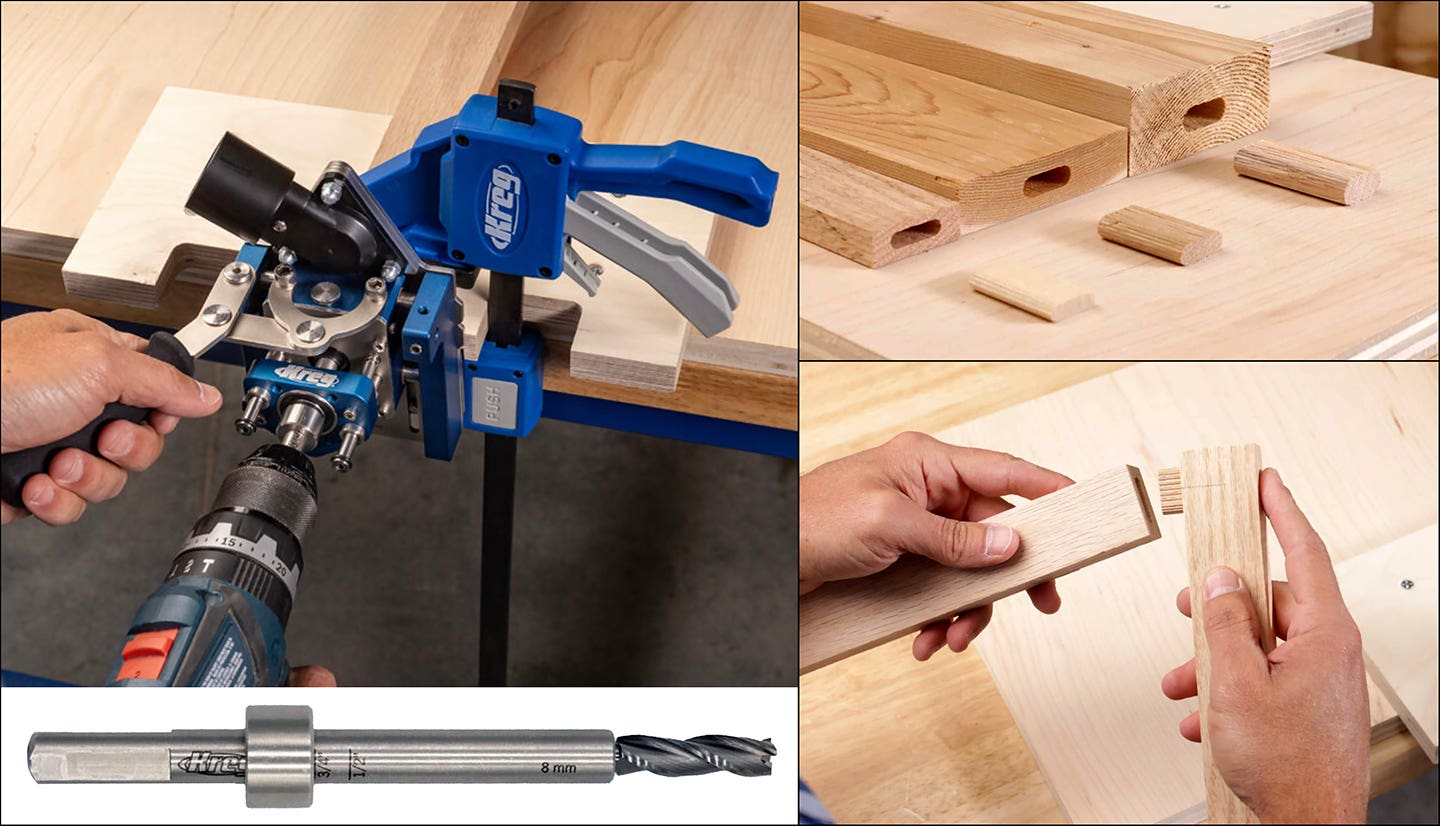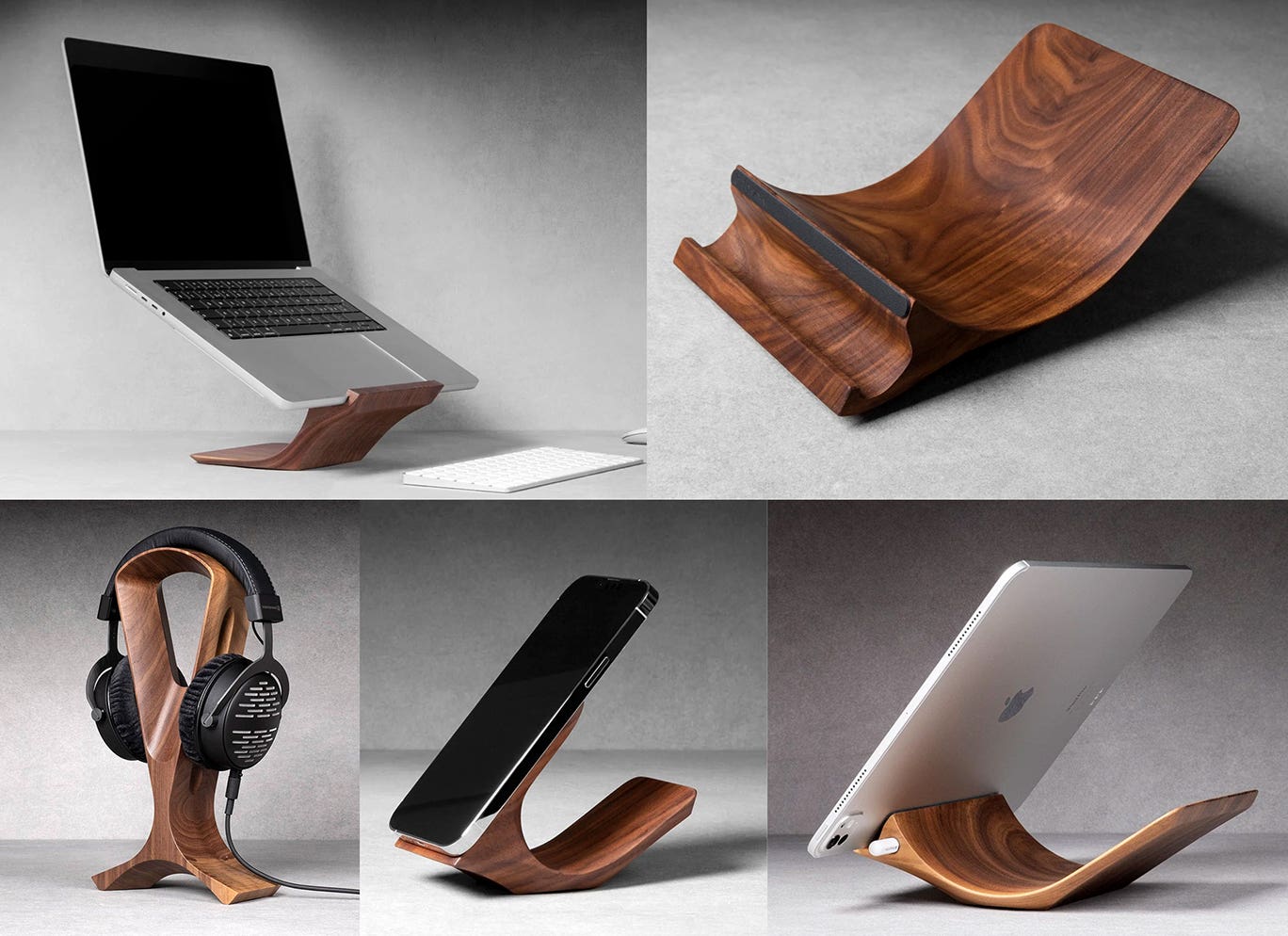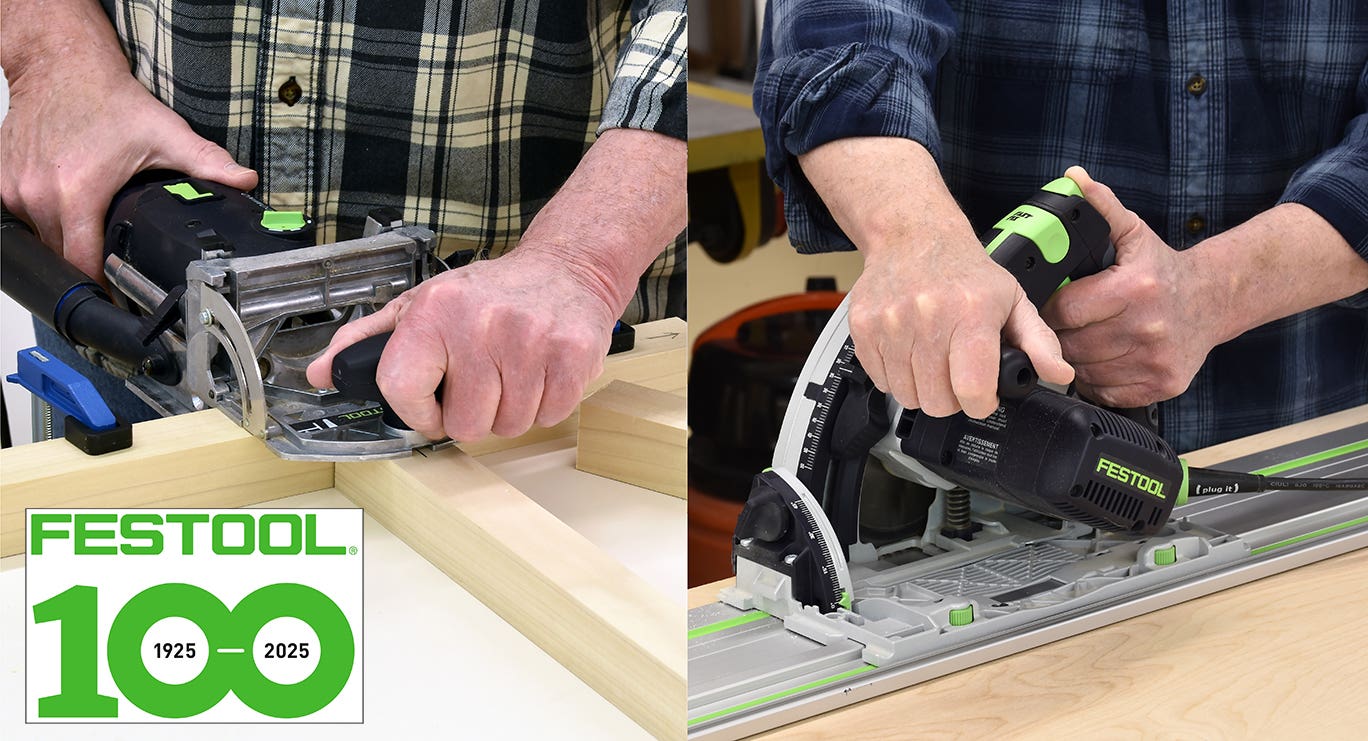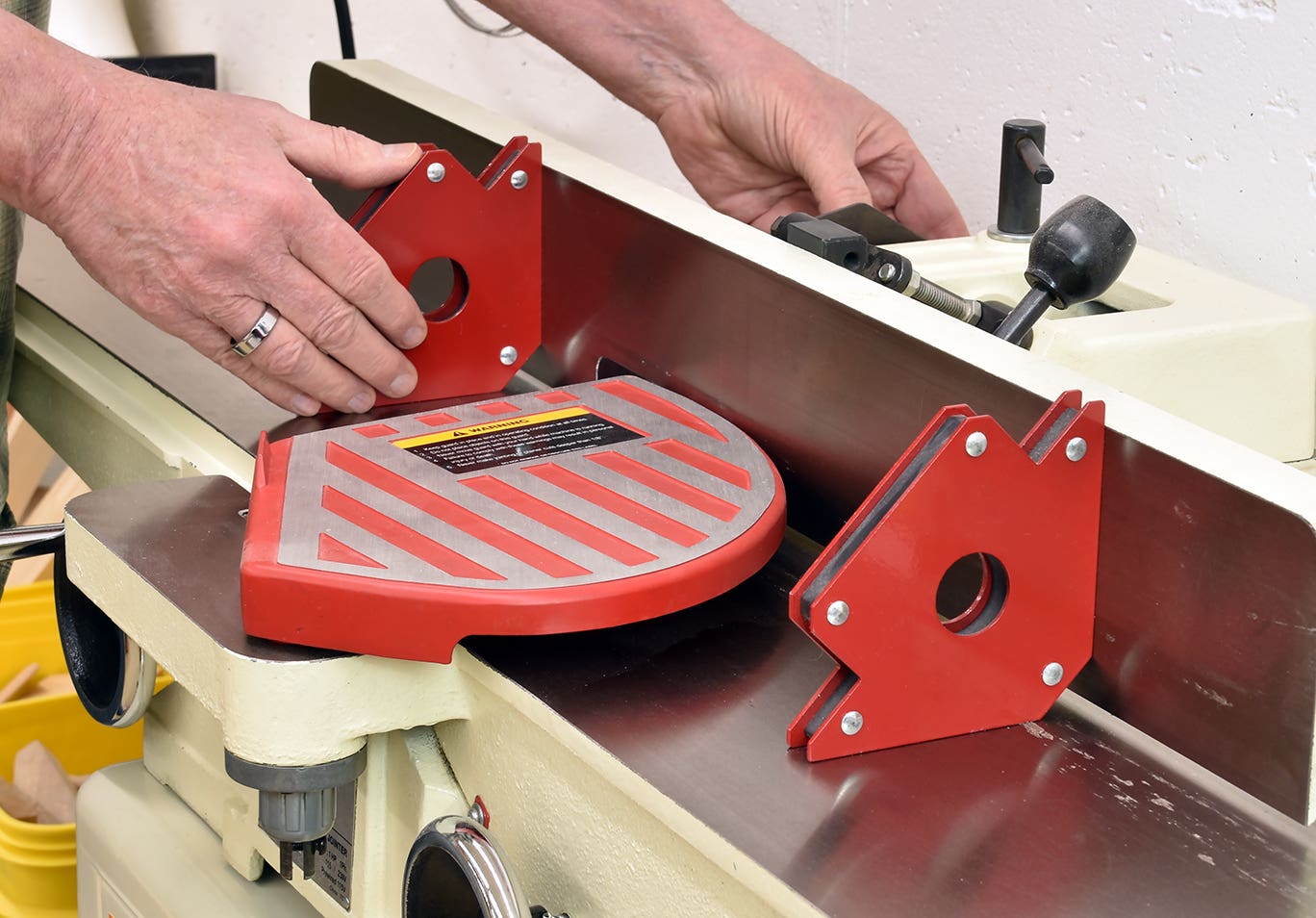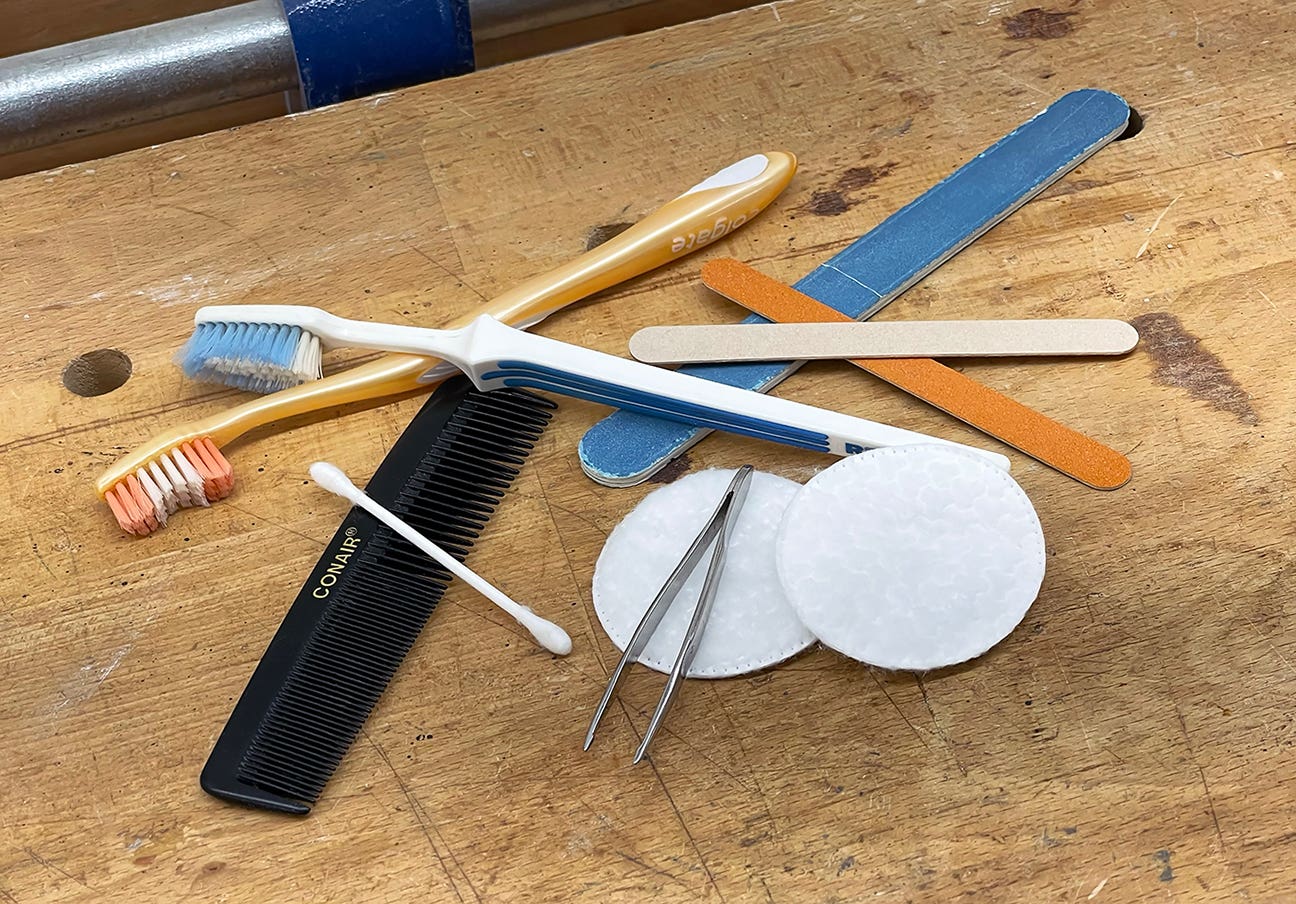Becoming a cabinetmaker
When I set up my first real shop, my intention was to be a furniture maker and/or woodworker, not a cabinetmaker. For years prior, I had been working as a…
When I set up my first real shop, my intention was to be a furniture maker and/or woodworker, not a cabinetmaker. For years prior, I had been working as a builder of houses. I worked for a local architect/contractor and we built "fine homes," one at a time. We did almost everything, from forming and pouring the foundation to installing the last bit of trim on the interior. Of course, we bought most of the windows and doors and we always subbed out the electrical, plumbing, roofing and masonry work. But other than those very specialized tasks, we were the ones who did the all work. Except for the cabinets.
The architect had a neighbor who ran a local custom cabinet shop and he always got the job of supplying the cabinets. This was the one part of the houses we built that I was not happy with. The pre-manufactured windows and doors were not the "greatest" but they were at least of "decent" quality. But the cabinets (OK, I'm sorry, but there is simply no way to get around this) stunk. They were always made out of particle board with crudely assembled face frames that were full of puttied nail holes. The cabinet doors and drawer fronts were made in house but they were always full of flaws made worse by the liberal use of filler. The joints were cope and stick but they never fit tightly and the gaps were always puttied. And they were always dark stained red oak. The finished ends and, for the most part, the door panels were always rotary cut oak veneer plywood. The drawers were particle board boxes, stapled together with no attempt made to hide the staples. And they were always hung on those cheap, center-mounted guides.
As a result of this, I "grew up" with a bad taste in my mouth for the whole idea of cabinet making. So when I set up my shop I swore I would never build kitchen cabinets. And I managed to stick to my guns for many years. I turned down one cabinet job after another. But finally, one day I let myself get talked into building a kitchen. The customers really seemed to want good quality cabinets and they were willing to pay a premium and at the time, I had little else going on and I had overhead to cover and employees to pay. So I reluctantly agreed to take the job. Of course, I lost my butt on it, being the first such project I had attempted but the cabinets turned out really nice; the customers were very happy and they had a lot of friends who ended up asking me to do their cabinets. Somehow, before I even realized it, I became a cabinetmaker.
Since then, I have lost count of how many kitchens I have built. Kitchens of every size, configuration, style and material you could think of. Right now, I am in the middle of building a kitchen. OK, it's really a whole house full of cabinetry, but the biggest (and most important to the customer) part of the job is the kitchen. Yes, it's going to be a "really nice" kitchen. All wood interiors. Beaded face frames with full inset doors and drawer faces. French style bracketed feet. Arches and "one of a kind" moldings and carved corbels and fluted pilasters. But still a kitchen. And as I work on it I look back to that fateful day when I broke my vow to never build kitchen cabinets and I wonder how much furniture I could have produced if only I had not allowed myself to get sidetracked.
A few weeks ago, a guy posted a question on a woodworking forum asking for advice on how to build kitchen cabinets. He had been working as a furniture maker and had promised himself that he would never build kitchen cabinets but he could use the work and so forth. My advice to him? Run, you fool!!!
D.D.
David DeCristoforo possesses an extensive resume as designer/maker of fine furniture, high-end cabinetry and architectural woodwork. His experience in professional woodworking spans a period of 35 years. For the past 20 years David DeCristoforo Design has been located in Woodland, California. During this time David's shop has ranged in scope from a "full on" cabinet production shop with as many as 15 employees to a small fine furniture and custom millwork shop, working with his son, David RBJ, a highly skilled maker in his own right.


